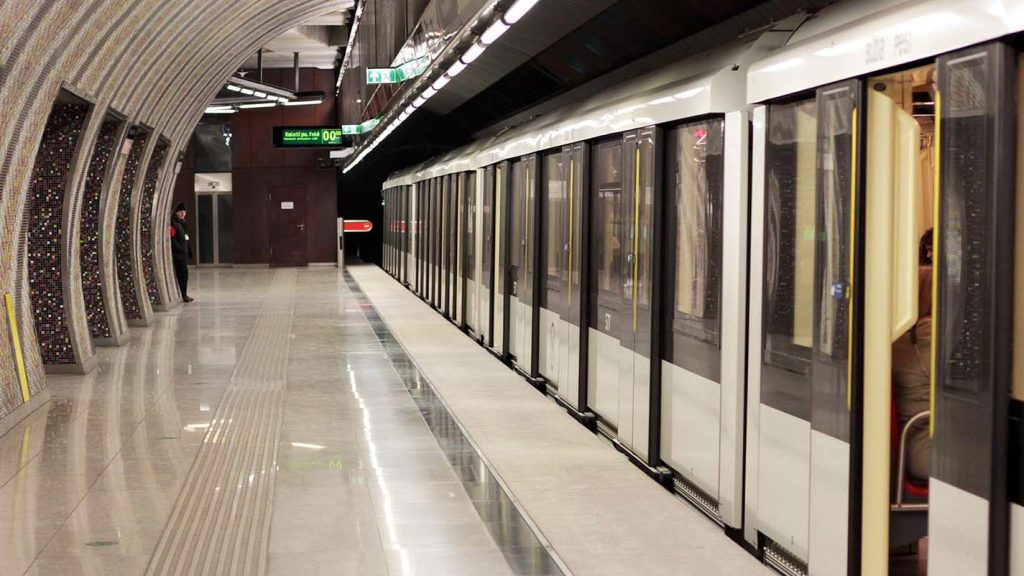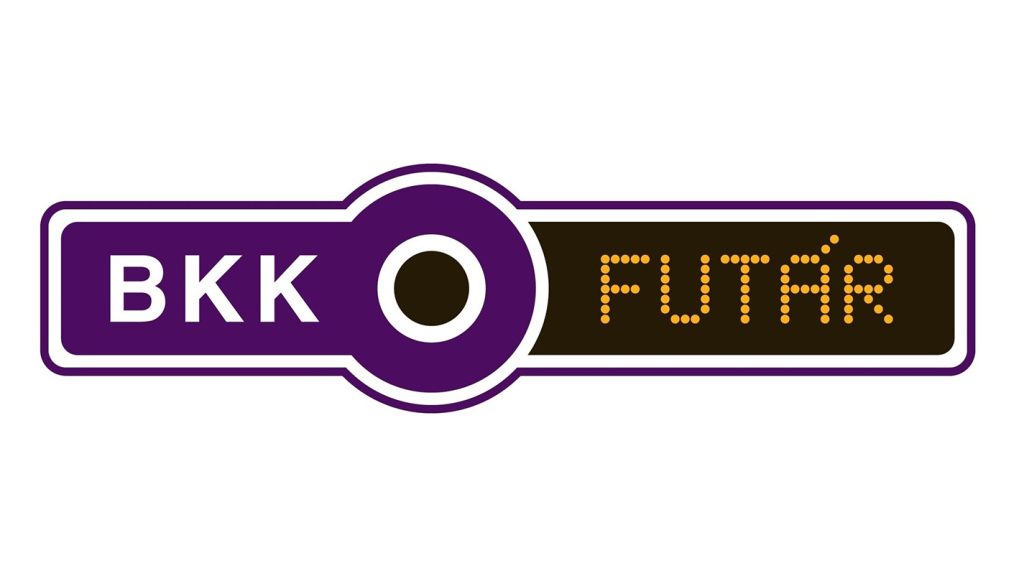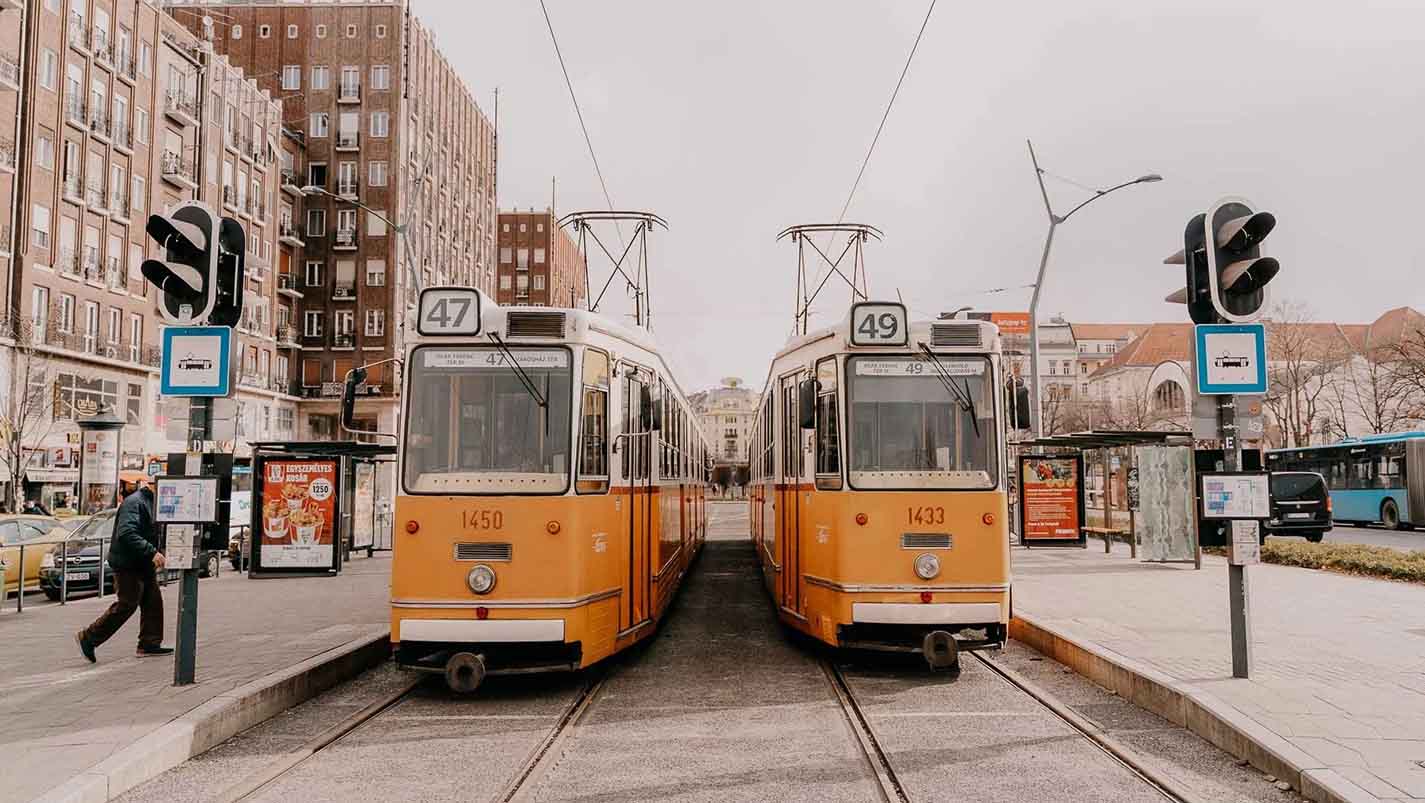Budapest, often called the “Pearl of the Danube,” is a city brimming with culture, history, and architectural marvels. Exploring its vibrant streets, historic districts, and scenic riverbanks is a delightful experience, and understanding the city’s public transportation system can make your journey seamless and stress-free. This guide provides a comprehensive overview of Budapest’s metro, tram, and bus networks, along with practical tips for navigating the city efficiently.
Understanding Budapest’s Public Transport System
Budapest’s public transport is operated primarily by BKK (Budapesti Közlekedési Központ), which manages the metro, tram, bus, and suburban railway services. The system is highly reliable, punctual, and affordable, making it the preferred choice for locals and tourists alike. With three metro lines, a network of trams, buses, and trolleybuses, you can reach virtually any corner of the city without relying on taxis or rideshare services.
The city is divided into two main areas: Buda and Pest, separated by the iconic Danube River. Most of the metro and tram lines cross the river, making it easy to explore both sides efficiently. The transport system is also integrated with major tourist attractions, including Castle Hill, the Parliament Building, thermal baths, and historic squares.
Metro: Fast and Efficient
Budapest’s metro system is one of the oldest in Europe, dating back to 1896. It consists of four lines:
- M1 (Yellow Line): The historic line connecting Vörösmarty Square to Mexikói út. Known for its vintage charm, this line is ideal for sightseeing and accessing the city center.
- M2 (Red Line): Runs east-west from Déli pályaudvar to Örs vezér tere, connecting major hubs like the city center and Keleti railway station.
- M3 (Blue Line): Travels north-south, linking Újpest to Kőbánya-Kispest, passing through several shopping areas and cultural landmarks.
- M4 (Green Line): A newer addition, connecting Kelenföld to Keleti Railway Station, with modern stations and accessibility features.

Practical Metro Tips
- Ticketing: Tickets must be purchased before boarding, either from machines, ticket offices, or via the BKK FUTÁR app. One ride typically costs around 350 HUF, with options for daily or multi-day passes for unlimited travel.
- Validating Tickets: Every ticket must be validated using a yellow or green machine at the station entrance or inside the train. Inspectors occasionally check tickets, and fines are steep for violations.
- Accessibility: Most metro stations are equipped with elevators and escalators, but some older stations on the M1 line have limited accessibility.
The metro is ideal for longer distances or when you need to move quickly between major landmarks. For example, traveling from Deák Ferenc Square to Heroes’ Square is fastest via the M1, while the M2 provides a direct route to the Keleti Railway Station for intercity travel.
Tram: Scenic and Convenient
Budapest’s trams are more than just a mode of transport—they are a scenic way to see the city. Some lines, especially Tram 2, run along the Danube’s Pest side, offering spectacular views of Buda’s hills, Parliament, and the Chain Bridge.
Popular Tram Lines for Tourists
- Tram 2: Runs along the riverbank, perfect for photography and sightseeing.
- Tram 4 and 6: One of the busiest lines, running around the Grand Boulevard, connecting many shopping streets, historic buildings, and transport hubs.
- Tram 19 and 41: Connects Buda with Pest via scenic bridges and passes by attractions like Gellért Hill and the Citadel.
Tram Tips
- Frequency: During peak hours, trams run every 5–10 minutes, while off-peak schedules are slightly less frequent.
- Boarding: Trams can be entered from any door, but the front doors are ideal for purchasing tickets from conductors if needed.
- Night Travel: Trams operate until late, but schedules vary by line. Night buses complement tram services after hours.
The tram network is especially useful for travelers who want a slower, more scenic journey while still covering key city areas. It is also more comfortable than the metro for those carrying luggage or traveling with children.
Buses: Extensive Reach Across the City
Buses in Budapest serve both the city center and the outskirts, covering areas that the metro and tram lines do not reach. With an extensive network, buses are reliable for reaching attractions, parks, and suburban neighborhoods.
Key Bus Routes
- 100E: An airport shuttle connecting Liszt Ferenc Airport to the city center—fast and convenient for tourists.
- 16, 16A, 116: Connect central areas with Buda’s hills and residential neighborhoods.
- 7, 78: Serve the Pest side extensively, linking major shopping streets and metro stations.
Bus Tips
- Tickets and Validation: Tickets are the same as for metro and tram and must be validated upon boarding.
- Real-Time Info: Many bus stops display real-time arrival information. The BKK app also provides live updates.
- Comfort: Buses are generally modern, equipped with heating and air conditioning, making winter travel comfortable.
Integrated Ticketing System
Budapest uses a unified ticketing system across metro, tram, bus, and suburban trains (HÉV). This means one ticket can often be used for multiple transport modes within a set timeframe. For tourists, several pass options are available:
- 24-Hour Pass: Unlimited travel for 24 hours across all BKK services.
- 72-Hour Pass: Ideal for longer stays, covering metro, tram, bus, and suburban trains.
- Weekly Pass: Offers convenience for travelers staying more than a few days.
Tickets and passes can be purchased at metro stations, tram stops, bus stations, or through the BKK FUTÁR mobile app, which also provides route planning, schedules, and service alerts.

Tips for First-Time Travelers
- Plan Your Routes: Use apps or maps to plan metro, tram, and bus routes ahead of time. Key intersections like Deák Ferenc Square, Astoria, and Keleti Railway Station are major transfer points.
- Carry Change or Cards: Ticket machines accept cash, cards, or mobile payments. Always have some local currency as backup.
- Mind the Rush Hour: Morning (7:00–9:00) and evening (16:00–18:00) are peak hours; trains and trams may be crowded.
- Safety: Budapest is generally safe, but watch out for pickpockets in crowded trams and buses.
- Comfortable Footwear: While public transport is convenient, expect some walking between stops and attractions.
Seasonal Considerations
Traveling during the colder months adds a magical charm to Budapest. Thermal baths, holiday markets, and scenic river views make public transport trips more enjoyable. Buses, trams, and metros are heated, ensuring comfort even during chilly days. Evening trips along the river offer beautifully illuminated cityscapes, particularly along the tram lines by the Danube.
Combining Transport Modes
For tourists seeking efficiency, a combination of metro, tram, and bus travel is recommended:
- Day 1: Use the metro to reach key central attractions like St. Stephen’s Basilica and the Parliament Building.
- Day 2: Take Tram 2 along the Danube for scenic views, stopping at the Buda Castle district and Chain Bridge.
- Day 3: Utilize buses to explore outer districts or visit the airport conveniently via the 100E shuttle.
This combination ensures minimal waiting times and maximum sightseeing efficiency.
Alternative Transport Options
While public transport is highly convenient, other options include:
- Biking: Budapest offers bike-sharing programs and dedicated cycling paths along the river.
- Riverboats: For a unique perspective, BKK operates riverboat services along the Danube, perfect for sightseeing.
- Taxis and Ride-Sharing: While more expensive, apps like Bolt and Főtaxi provide reliable point-to-point travel.
Budapest’s public transportation system is not just a means of getting from one place to another—it is a gateway to experiencing the city in an effortless and enriching way. The seamless integration of metro, tram, and bus services allows travelers to explore every corner of the city, from its bustling downtown streets to the serene riverbanks, without the stress of driving through unfamiliar traffic or searching endlessly for parking. For first-time visitors, the network is intuitive, with clearly marked stations, informative maps, and helpful signage that make navigation straightforward even for those who do not speak the local language.
Planning your routes in advance can significantly enhance your experience. By combining metro rides for longer distances, trams for scenic journeys along the Danube, and buses to reach more residential or outlying districts, you can see more of Budapest efficiently while enjoying the city’s unique charm. Understanding ticketing options is also crucial: single-ride tickets, day passes, and multi-day passes offer flexibility and can save both time and money. Validation of tickets is simple and quick, and with mobile apps available, travelers can check real-time schedules, track vehicle arrivals, and even plan the fastest connections between attractions.
One of the greatest advantages of using public transport in Budapest is the opportunity to observe daily life while traveling comfortably. Whether it’s taking in the view of Buda Castle from a tram along the river, mingling with locals on a metro ride, or heading to a thermal bath after a day of sightseeing, every journey becomes part of the adventure. The vehicles are generally clean, well-maintained, and climate-controlled, ensuring a pleasant experience even during colder days. Ultimately, Budapest’s public transportation system offers not just convenience, but also an intimate and memorable way to experience the city, making every trip smooth, enjoyable, and unforgettable.
Tags: BKK (Budapesti Közlekedési Központ), Metro, Tram
